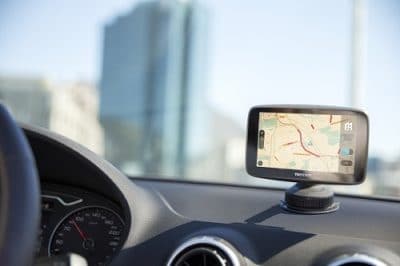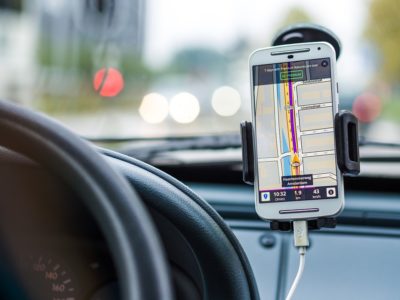Dutch mapping and Sat Nav manufacturer TomTom announced a new GPS device last week. The device, which is called the TomTom VIA 53 in Europe, is available now in the UK and provides users with a midrange device that includes Wifi, which is usually only available on higher-end devices.
The press release from TomTom states that the device would be available in “select countries” starting last week and that in the United States, it is called the “TomTom GO 52.” However as of the time of writing, it still doesn’t seem to be available on the US version of the TomTom website. Regardless, we’re still going to go ahead and look at it; operating on the assumption it will be available in the US eventually. read more










